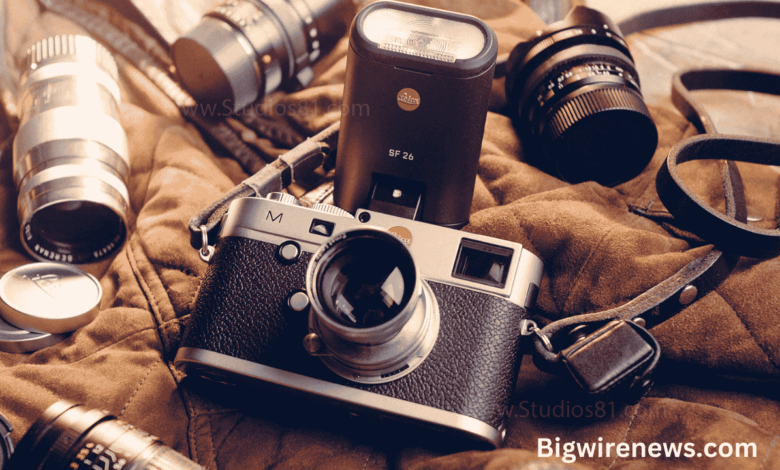How to Sue Flash in Minolta XGA: A Comprehensive Guide

In vintage photography, the Minolta XGA represents a blend of classic design and functional versatility. While the Minolta XGA might not be a specific model, the X-series from Minolta, such as the Minolta XG-A, provide a fantastic foundation for understanding the intricacies of using a flash unit effectively in older camera models. This guide will delve deep into utilizing a flash with a Minolta XG-series camera, ensuring that even beginners can achieve professional-level photography results.
Understanding the Basics: Minolta XG Series Cameras
Before jumping into the specifics of using a flash, it’s crucial to understand the basics of the Minolta XG series cameras. These cameras are renowned for their robust manual controls, which allow photographers to manipulate settings to suit various lighting conditions and creative visions. The Minolta XG-A, for instance, is a popular model in this series and is known for its ease of use and reliability.
Selecting the Right Flash Unit
Selecting the appropriate flash unit is the first step in using a flash with your Minolta XG-series camera. To ensure compatibility and ease of use, it’s advisable to use a Minolta-compatible flash, such as the Minolta Auto Electroflash 200X or 320X. These flashes typically mount directly onto the camera’s hot shoe, a bracket on the top of the camera designed for attaching flash units and other accessories.
Step-by-Step Guide to Mounting and Setting Up the Flash
- Mounting the Flash:
- Ensure your camera is turned off.
- Slide the flash unit onto the hot shoe until it clicks into place securely.
- Setting the Flash Mode:
- Turn on the flash and select the desired mode. Most external flashes offer settings like Manual, TTL (through-the-lens), and Auto.
- The Auto mode is recommended for beginners as it automatically adjusts the flash intensity based on the lighting conditions.
- Adjusting Camera Settings for Flash Use:
- Set your camera to a mode that allows you to control the shutter speed manually. The ideal shutter speed for flash photography is typically around 1/60th of a second, which helps avoid camera shake and ensures the flash syncs ideally.
Fine-Tuning Your Setup
Once the flash is mounted and the basic settings are adjusted, it’s important to fine-tune your setup to match the specific requirements of your shooting environment and subject matter.
- Aperture and ISO Settings:
- Set the aperture based on the distance to your subject and the power of your flash. A smaller aperture (higher f-number) reduces light, which is useful in brightly lit conditions.
- Adjust the ISO settings of your camera. A lower ISO minimizes noise but requires more flash power. An ISO setting of 100 to 400 is typically sufficient for most conditions.
- Testing and Adjusting the Flash Output:
- Take a test shot to check the exposure and sharpness.
- If the photo appears too bright, reduce the flash power or increase the aperture size. Conversely, lower the aperture number or increase the flash power if the photo is too dark.
Advanced Techniques: Using a PC Sync Cable
Using a PC sync cable can open up new possibilities for photographers looking to explore beyond basic flash photography. This cable lets you connect your flash directly to your camera via the PC sync port, enabling off-camera flash techniques. This is particularly useful for achieving more professional lighting setups, such as directional lighting and soft shadows.
Conclusion
Mastering the how to sue flash in Minolta XGA or similar vintage cameras can significantly enhance your photography, allowing you to capture stunning images in various lighting conditions. By understanding how to properly select, mount, and configure your flash unit and adjust camera settings to suit your environment, you’ll be well on your way to achieving creative and compelling photographs. Remember, practice is critical to mastering any new photography skill, so take your time to experiment with different settings and techniques to find what works best for you.




